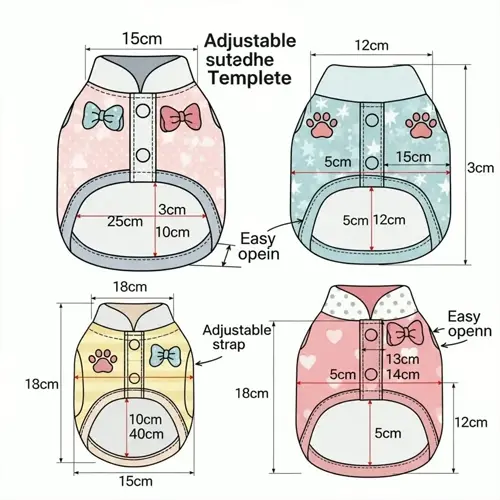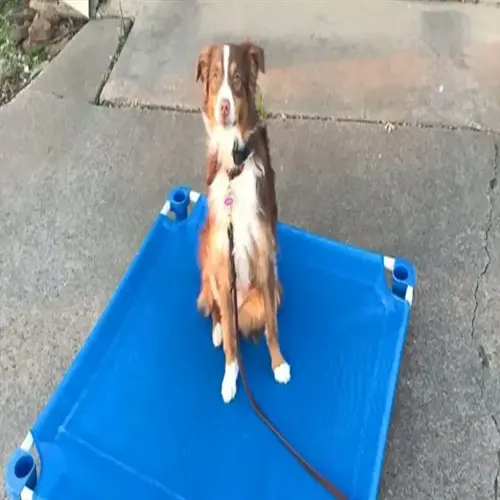Why does my dog refuse to retrieve?

Written by
Kailani Okoro
Reviewed by
Prof. David Walsh, Ph.D.Various causes prompt a dog to reject fetching, each requiring its own remedy. Boredom, physical ailment, or distracting interests may tempt him to ignore the ball or toy. Test a variety of materials, such as rope or sheepskin, to stimulate interest and engagement. Always check for possible discomfort by taking him to a veterinarian.
Reward Upgrades
- Switch from kibble to high value treats like dried fish
- Try cheese or liver paste for reluctant dogs
- Use rewards exclusively during fetch sessions
Toy Testing
- Experiment with textures: rubber, rope, sheepskin
- Test sizes matching your dog's jaw width
- Rotate toys weekly to maintain novelty
Engagement Techniques
- Animate toys with bouncing or dragging motions
- Add scent using game bird feathers briefly
- Incorporate short tug sessions before throws
The impact of environmental management on success is substantial. Begin with training indoors in quiet rooms before transitioning to outdoor environments. When working in the yard, use a 10-metre drag lead to ensure a gentle form of redirection when necessary. Slowly build up to parks and similar scenes over the course of several weeks. Be aware of signs of tension, such as lip-licking.
Physical factors can often be the root cause of refusal. Look for and rule out dental pain, arthritis, or vision problems. A client of mine had a terrier that stopped fetching because of an undiagnosed tooth abscess. If your dog suddenly starts refusing to fetch without an apparent cause, schedule a visit to the vet as soon as possible.
The timing of sessions tremendously influences engagement. Train horses before meals when motivation is high. Train for less than 5 minutes at a time and always end the session when your dog is still anxious to do more. This builds a desire for the next training session. If the dog appears disinterested in the interaction, never force them.
Handle negative associations from previous experiences. For example, a dog might associate a toy with punishment. To rebuild trust, you should use treats and praise instead of throwing the toy. You may want to reintroduce retrieves again after the dog looks forward to positive interactions with the toy. Be patient, as repairing a damaged relationship can be a time-consuming and effortful process.
Read the full article: 7 Step Dog Fetch Training Guide

